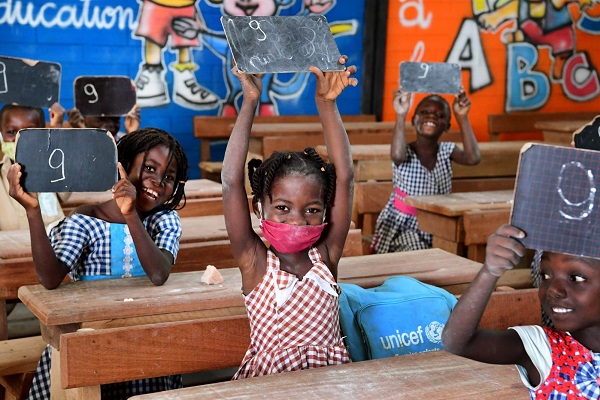By Muhammad Inuwa M/Fashi
Today, the world unites to celebrate the International Day of the Girl Child, an occasion dedicated to recognizing the immense potential of girls everywhere and advocating for their rights to education, safety, and equal opportunities. Held annually on October 11, this day serves as a powerful reminder of the challenges girls face worldwide, as well as the progress being made toward a future where every girl can realize her dreams and aspirations.
This year’s theme, Girls’ Vision for the Future, focuses on empowering girls to voice their ambitions, dreams, and ideas about the world they want to create. From technology to healthcare, from climate change to education, girls around the globe are stepping up as future leaders, ready to take on some of the most pressing issues of our time.
The Power of Girls’ Voices
One of the key messages this year is the importance of listening to and amplifying the voices of young girls. Too often, their perspectives are overlooked in decision-making processes, even when policies directly affect their lives. Girls’ Vision for the Future seeks to change that by encouraging communities, governments, and organizations to not only invest in girls’ futures but also actively involve them in shaping the policies and innovations that will impact generations to come.
In countries like Nigeria, India, and Brazil, young girls are already leading movements for change. Malala Yousafzai, the Pakistani activist and youngest Nobel laureate, continues to be a beacon of hope, advocating for the education of girls everywhere. Her vision for the future is one where girls can go to school without fear of violence or discrimination, a vision shared by millions of girls worldwide.
A Digital and Inclusive Future
The digital divide is a significant challenge that many girls still face today, particularly in developing countries. As the world becomes increasingly digital, access to technology and digital literacy is critical for girls to succeed. On this International Day of the Girl Child, organizations like UNICEF, Plan International, and Girls Who Code are shining a spotlight on the need to bridge this gap and ensure that girls have the tools and resources to thrive in the digital world.
In Kenya, for instance, a group of teenage girls has developed an app that helps to prevent female genital mutilation (FGM), using technology as a force for social change. These girls have a clear vision for a future where their rights are protected, and they are leading the charge toward making that a reality.
Overcoming Barriers
While there is much to celebrate, it is crucial to recognize the barriers that still stand in the way of girls realizing their full potential. Early marriage, gender-based violence, and lack of access to quality education continue to plague millions of girls. According to the United Nations, nearly 129 million girls remain out of school globally, and one in three women will experience physical or sexual violence in her lifetime, with girls being particularly vulnerable.
Efforts to address these issues must be sustained, and girls themselves must be part of the solution. By involving girls in leadership roles and policy-making processes, societies can harness their insights to create safer, more inclusive communities.
The Path Forward
As we celebrate the International Day of the Girl Child, it is essential to not only reflect on the challenges that remain but also to look toward the future with hope. Girls have a vision for a world that is equitable, sustainable, and inclusive. They are ready to lead, innovate, and shape a future that is brighter for all.
The global community must continue to support these young leaders, ensuring that their voices are heard, their rights are protected, and their dreams are realized. Together, we can build a world where every girl has the opportunity to pursue her vision for the future, free from fear and full of possibilities.
Muhammad Inuwa M/fashi
Social Commentator ainuwa303@gmail.com




